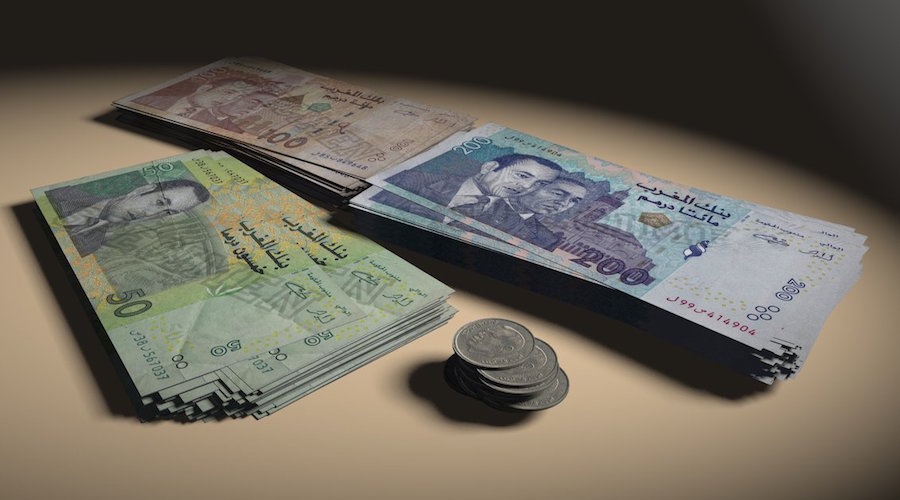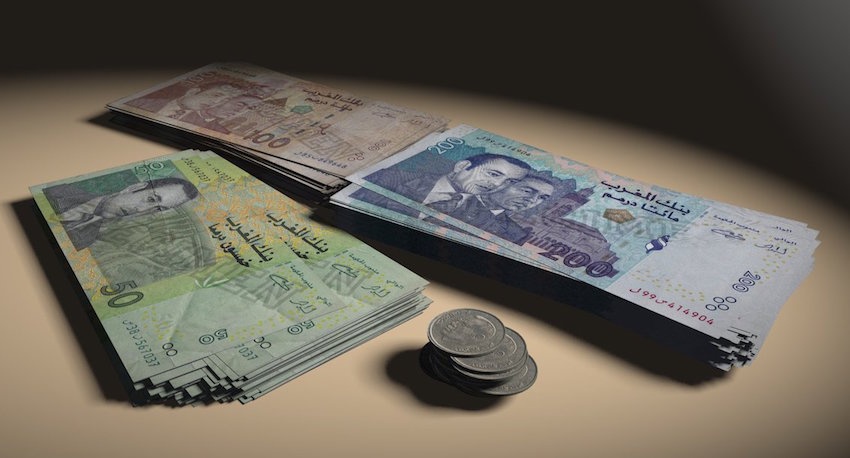3 reasons why Morocco is lagging in e-payments

This is the first of three articles about the state of digital payments in Morocco.
At a time when ‘fintech’ is on everyone’s lips, Morocco isn’t faring too well in the digital payments race and there are three issues in particular holding the country back.
According to the 2015 annual report from Morocco’s central bank, Bank Al-Maghrib, electronic payments such as in-store credit card payments and online transactions in the country were worth $2 billion per year and averaged 600,000 transactions per day.
But, as an example of how absent digital payments are from the Moroccan market, the report had no discussion around mobile payments at all.
Need mo’ mobile money
A 2015 study on mobile money in Africa by consulting firm BCG (formerly Boston Consulting Group) argues that over the last 10 years, 52 percent of the active population in Sudan uses mobile banking services, 50 percent in Gabon, and 42 percent in Algeria.
In the same year in Kenya, mobile payment transactions accounted for 60 percent of GDP, a country with an economy and population close to that of Morocco.
Further, one in every three Kenyans - that’s 18 million people - use mobile money to pay for items both online and offline in grocery stores, supermarkets and souks, according to French business journal LesEchos.
Yet Morocco has advantages that should make mobile money and payments more popular: a young population with an average age of 28; a bancarization rate - or the number of people with bank accounts - within the world average of 64 percent, according to Bank Al-Maghrib; one of the most developed telecom infrastructures in Africa; and a remarkably high mobile penetration rate which is as high as 130 percent according to the ANRT.
So, what’s wrong?

Legislation and monopolies
Morocco boasts regulations around banking and financial services as complex as that of more developed European countries, and that’s its problem.
Most successful mobile payment solutions in the world have been launched by telephone operators such as SafariCom, which is behind M-Pesa in Kenya, and Orange which is behind Orange Money in Senegal.
In Morocco, the law bans any organization that is not a bank to seek deposits from individuals and companies and offer payment options. So, from a legal point of view a solution like M-Pesa, which is based on phone companies facilitating payments, cannot exist in Morocco.
Other legal aspects help maintain monopolies.
For example, before 2014 only Maroc Telecommerce was authorized to process online credit card payments in the country.
Since this monopoly nominally came to an end in 2014 three other providers have appeared: AmanPay (disclosure: the writer works for AmanPay), PayZone, and F-Pay. With these new players the number of e-shops has doubled and the quality of ecommerce services is improving.
But, while the online payments sector has been opened up to competition, payment via credit cards is still controlled by the Centre Monetique Interbancaire (CMI - which also owns Maroc Telecommerce), a private company created and owned by all but two of the country’s banks.
The CMI is still the only active entity that provides shop owners with payment terminals and therefore decides the fees and services available to them.
The weight of the informal sector
The informal economy - or business activities that are not reported to the government - could also be a barrier to the adoption of digital payment more generally, rather than mobile payments specifically.
According to the last report, published in 2008, by Moroccan government statistics department the Higher Planning Commission, the informal sector made up over 14 percent of Morocco’s GDP in 2007. One should add to that number, the registered shops that accept cash payments in addition to their declared income.
The financial flexibility that undeclared cash provides could mean that some businesses might be reluctant to adopt more traceable methods of payment.
A closed currency
The last obstacle is related to the Moroccan dirham.

The dirham is a non-convertible currency, meaning it can’t be exchanged for an international currency such as the US dollar or the euro outside of Morocco.
Further, Moroccans can’t pay in dirhams abroad - they have to do so in foreign currencies - and getting dirhams out of the country is forbidden by the state.
This means all modes of payment must be operated by an entity based in Morocco. It is therefore very difficult for foreign investors to invest in payment methods targeting Morocco.
Therefore, modes of payment such as Paypal are pretty much absent from the Moroccan market. It’s almost impossible to transact in Bitcoin and it’s time-consuming for services such Airbnb and Uber to get into the country partly because they have to find ways to work around the currency issue.
The government is working on finding solutions to these problems such as modifying banking laws and the legal framework around the payment services and methods.
Digital payments regulations and technology in Morocco are still well behind those in other African countries. While the government is taking some steps towards allowing the country’s entrepreneurs push payments in the 21st century, there is a long way to go yet.


